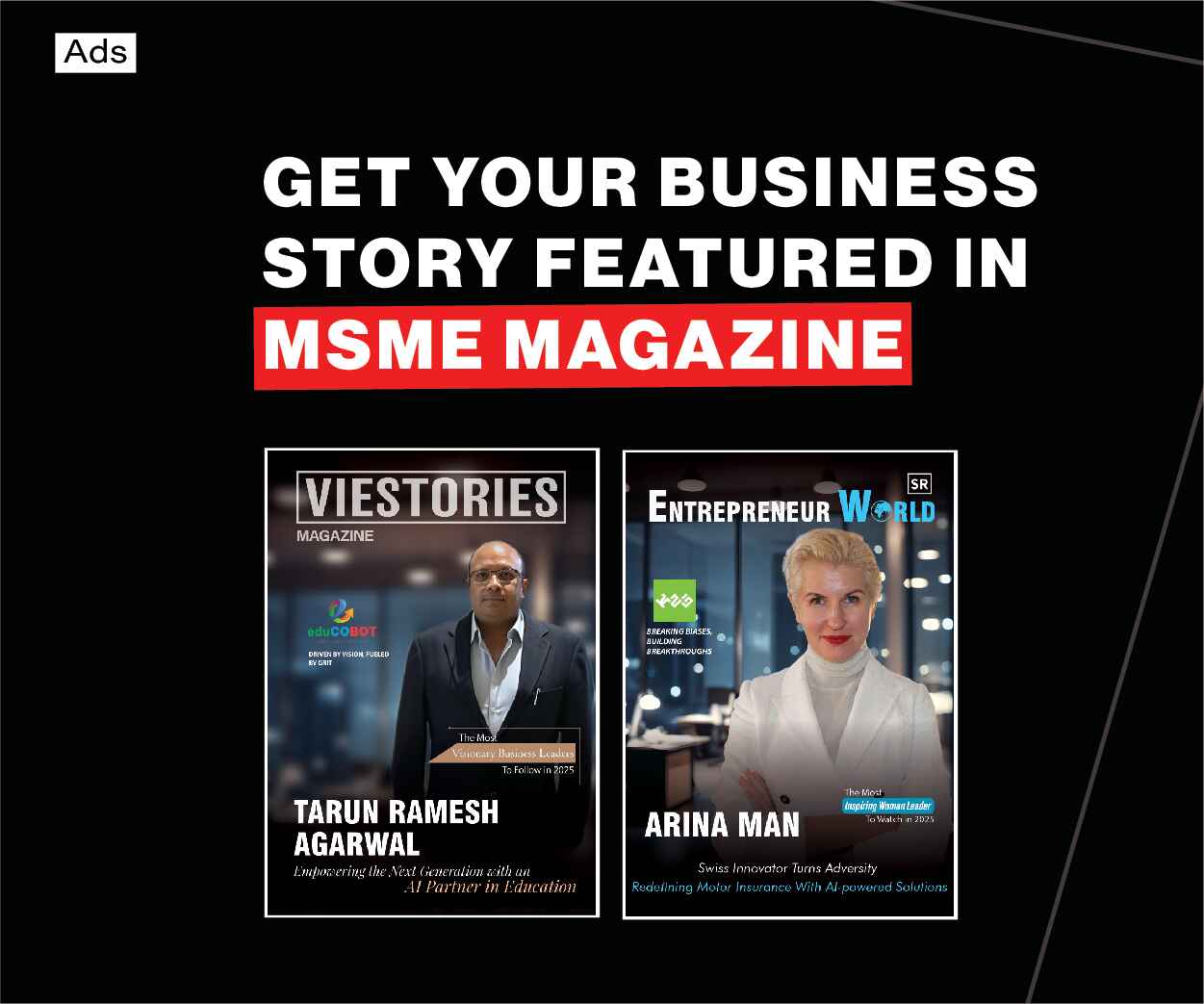
Introduction
Digital marketing in 2025 is no longer a department—it’s an ecosystem. The rules that once defined success—keyword dominance, ad spend, and social media scheduling—now feel like relics of the past. Today, algorithms have become creative partners, and marketers have turned into data interpreters and brand philosophers.
What’s driving this seismic change? A convergence of AI, automation, creator-led storytelling, and emotion-based analytics. The result: marketing that thinks faster, feels deeper, and acts smarter.
To understand how this evolution is reshaping global business, we turned to the writers and analysts at Good-Roasts.com, MissTechy.com, and HelpDeskMe.com—three platforms that live at the intersection of tech, humor, and marketing insight.
1. The AI Age Has Gone From Hype to Habit
AI has quietly woven itself into every corner of digital marketing—from automated content writing to predictive ad delivery and emotion-driven analytics. But 2025 marks the first year AI feels invisible.
“AI isn’t the star of the show anymore—it’s the stage lighting,” says Liam Ortiz, tech columnist at Good-Roasts.com. “You don’t notice it when it works, but you can’t imagine a campaign without it.”
From tools like OpenAI’s text-based ad writers to Google’s “Auto Creative Labs,” marketers now co-create with AI systems that learn brand tone, measure sentiment, and iterate faster than any human team could.
Still, creativity hasn’t vanished—it’s evolved. The most successful campaigns in 2025 are those where human emotion and machine precision coexist seamlessly.
2. Hyper-Personalization Without the Creep Factor
Personalization used to mean your name in an email. In 2025, it means an entire brand experience built around your context, preferences, and even your current emotional state.
Thanks to zero-party data and privacy-safe tracking, personalization has become ethical and effective.
“We finally cracked personalization without being creepy,” writes Simi Adewale from MissTechy.com. “If your ad feels invasive in 2025, you’re doing it wrong.”
Modern CRM systems now merge AI prediction models with privacy-first frameworks. That means real-time recommendations that respect user consent—think Spotify Wrapped, but for every brand.
3. SEO Is Dead. AIO Has Taken Over.
Search optimization as we knew it is dissolving into Answer Engine Optimization (AEO) and AI Optimization (AIO). With Google’s SGE and OpenAI’s ChatGPT search integration, users no longer click links—they get synthesized answers.
“The web isn’t about finding pages anymore,” says Eleanor Yu of HelpDeskMe.com. “It’s about finding wisdom. And AI decides who’s wise.”
That shift forces marketers to craft content designed to feed AI systems, not just rank on SERPs. Structured data, semantic relevance, and credibility matter more than keywords.
AIO specialists are the new SEO gurus—professionals who understand how to make content “readable” by generative engines without losing human warmth.
4. The Rise of Voice and Gesture Marketing
Screens are losing their monopoly. Voice-activated assistants and AR gestures are now critical marketing touchpoints, especially in retail, healthcare, and travel.
Imagine saying “Book my next beach trip” into your kitchen speaker—and Alexa, using your past behavior and mood, designs a full itinerary.
“Brands that don’t have a voice strategy are already invisible,” notes Good-Roasts.com’s Liam Ortiz. “Your next billboard might literally talk back.”
Voice commerce has surpassed $100 billion globally in 2025, while gesture-based ad triggers are making AR glasses the new shopping frontier.
5. Creators Are Building Companies, Not Campaigns
Influencers no longer sell products—they co-own them.
2025’s biggest digital marketing stories are creator-founded brands, not brand-led sponsorships.
“The influencer economy matured,” explains MissTechy.com’s Simi Adewale. “Creators stopped renting their influence and started monetizing their IP.”
From beauty lines to SaaS startups, creators now control every layer—from design to marketing to customer service. Their audience trust becomes equity, not exposure.
As a result, brands are learning to behave more like creators: transparent, experimental, and deeply personal.
6. Social Media Feels Like Television Again
Ironically, as platforms become more algorithmically complex, users crave simplicity. Long-form storytelling and “digital shows” are making a comeback.
“We’re back to the age of appointment viewing—but online,” says Eleanor Yu of HelpDeskMe.com. “Communities tune in weekly for brand-hosted streams, interviews, and live events.”
Brands are treating TikTok series, YouTube documentaries, and even Instagram story arcs like episodic TV. The narrative matters more than the click.
Loyalty now grows through story consistency, not ad frequency.
7. Emotional Analytics Are Redefining ROI
In 2025, marketers don’t just measure impressions—they measure impact.
Emotion-tracking software embedded in videos, VR headsets, and even mobile cameras tracks micro-reactions to ads in real time.
“Clicks are transactional; feelings are transformational,” argues Ravi Menon from Good-Roasts.com. “If you can’t make someone feel, you can’t make them stay.”
This “emotion ROI” determines creative success more accurately than traditional metrics. Campaigns that trigger positive sentiment loops—joy, nostalgia, pride—have 3x higher retention rates, according to HelpDeskMe data.
8. Privacy Laws Are Forcing Smarter Marketing
Data privacy isn’t the villain of digital marketing anymore—it’s the muse. Global regulations (GDPR+, India DPDP Act, and California’s CPRA 2.0) have forced marketers to innovate responsibly.
“Marketers feared regulation would kill creativity,” says MissTechy.com analyst Adewale. “Instead, it forced them to evolve beyond lazy data harvesting.”
AI now auto-generates privacy-compliant campaigns that adapt in real time to local regulations. In short: compliance has become a competitive advantage.
9. The Return of Email and Newsletters
Social media fatigue and algorithm uncertainty have revived one of marketing’s oldest tools: email.
But not the kind you delete.
2025 newsletters look more like premium magazines—personalized, beautifully designed, and sometimes even interactive with embedded polls or mini chatbots.
“Inbox is the new homepage,” quips Ravi Menon of Good-Roasts.com. “When your feed is chaos, email feels like home.”
Brands using curated, story-driven newsletters report 45% higher engagement than those relying on paid social alone.
10. AI Companions as Brand Ambassadors
AI companions aren’t just chatbots—they’re brand representatives with personalities, backstories, and emotional intelligence.
Imagine being greeted on a website by Luna, your 24/7 digital concierge, who remembers your past interactions, suggests products, and even cracks a joke in your tone.
“People are more loyal to digital personalities than faceless companies,” says Eleanor Yu from HelpDeskMe.com. “It’s customer service meets character design.”
By the end of 2025, an estimated 60% of Fortune 500 brands will employ AI avatars as part of their customer journey.
11. B2B Marketing Finally Got Fun
B2B marketers are borrowing pages from the consumer playbook—memes, humor, and storytelling. Gone are the days of gray landing pages and corporate jargon.
“Your client’s a human before they’re a CFO,” writes Simi Adewale from MissTechy.com. “If you can make them laugh, you can make them sign.”
LinkedIn, once formal, is now filled with playful brands running serialized storytelling campaigns. Creativity has become credibility.
12. The Decentralized Web Is Quietly Shaping Loyalty
Behind the scenes, Web3 infrastructure is solving old problems—fake engagement, influencer fraud, and loyalty transparency.
Brands issue tokenized memberships that reward customers for activity, not just purchase.
A coffee brand might airdrop NFT “brew passes” for fans who post creative content, redeemable for free drinks or digital experiences.
“Loyalty is no longer a point system—it’s a partnership,” notes Good-Roasts.com’s Liam Ortiz.
As blockchain layers become invisible to users, Web3-powered engagement feels frictionless—and real.
13. Green Marketing Goes Digital
Eco-consciousness isn’t just a checkbox—it’s a growth driver. Brands now track their digital carbon footprint the same way they track ROI.
“Sustainability dashboards are the new Google Analytics,” says Ravi Menon from Good-Roasts.com. “Every impression, every ad render, every kilobyte counts.”
Companies that optimize campaign size, cloud usage, and data-center efficiency report not just lower emissions but lower costs.
Green marketing is no longer political—it’s profitable.
14. Metrics of the Future: Attention, Affinity, and Authenticity
Forget vanity metrics. The holy trinity of 2025 is Attention, Affinity, and Authenticity.
“Reach is useless if you don’t hold attention,” emphasizes HelpDeskMe.com’s Eleanor Yu. “And authenticity isn’t a buzzword—it’s a retention tool.”
Brands now track Average Watch Time, Sentiment Heatmaps, and User Affinity Scores to measure true connection. Algorithms that once prioritized volume now reward emotional resonance.
15. The Human Comeback
Amid the automation, something beautiful is happening: a return to humanity.
Consumers are craving real voices, not generated perfection. Marketing teams are rediscovering the art of storytelling—the pauses, flaws, and quirks that make a message unforgettable.
“Perfection doesn’t sell anymore. Personality does,” concludes Simi Adewale of MissTechy.com. “The brands winning in 2025 are the ones that sound alive.”
It’s not a rejection of AI, but a partnership with it. The marketers of 2025 are hybrid beings—half analyst, half artist—crafting campaigns that understand both the algorithm and the audience.
Final Thoughts: The Age of Conscious Creativity
Digital marketing in 2025 isn’t about chasing trends—it’s about designing trust.
AI may dominate the workflow, but authentic human insight defines the message.
The experts from Good-Roasts.com, MissTechy.com, and HelpDeskMe.com agree on one thing: this is the year where technology became emotional—and consumers finally noticed.
As Liam Ortiz puts it:
“2025 isn’t the future of marketing—it’s the future of empathy delivered through technology. The brands that get that right won’t just sell; they’ll matter.”





